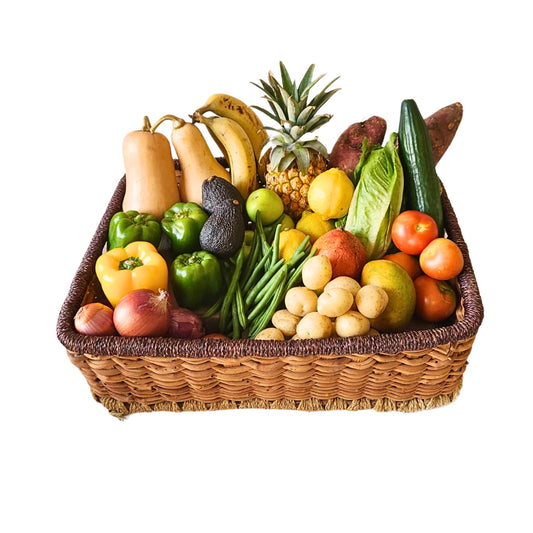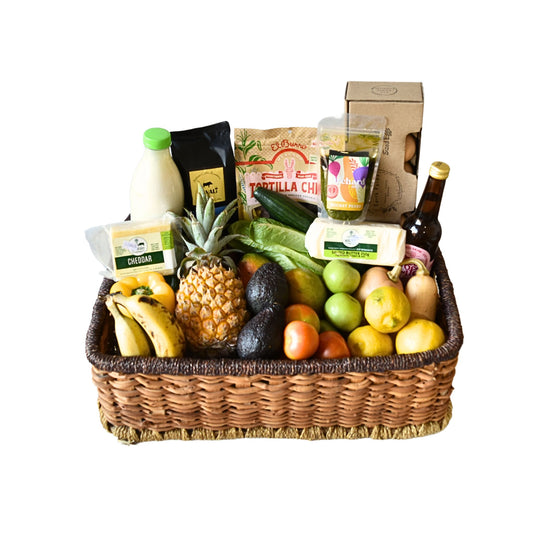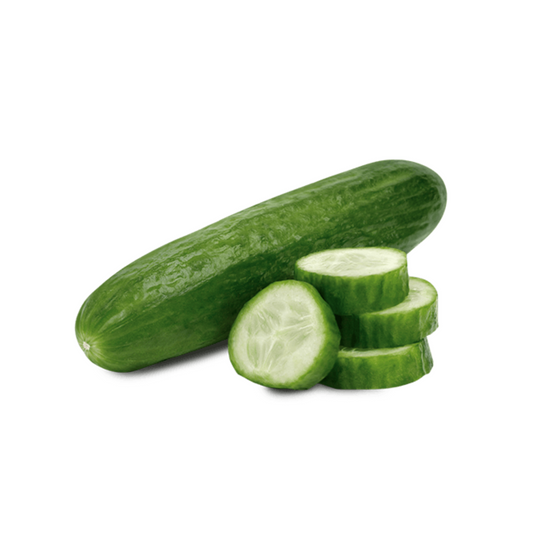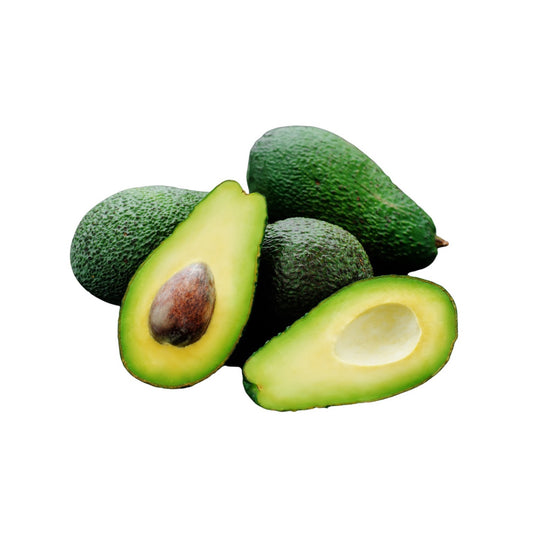Article Summary:
- Organic farming emphasizes soil health through techniques like crop rotation, composting, and the use of natural fertilizers, while utilizing biological controls and cultural practices for pest and weed management, avoiding synthetic chemicals.
- Organic fertilizers, derived from natural sources, enhance soil fertility and biodiversity, releasing nutrients slowly, whereas conventional fertilizers provide immediate nutrient availability but can lead to environmental degradation and soil health issues.
- Organic farming practices enhance soil health, support wildlife, and promote sustainable land use, contributing to biodiversity and ecological balance while mitigating climate change through reduced chemical inputs and agro-ecological principles.
Organic produce has gained significant popularity in recent years, with consumers increasingly seeking out foods that are labeled as organic. But what exactly makes produce organic? Understanding the principles and practices behind organic farming can help us appreciate the value of these products. This article explores the core elements that define organic produce, from certification standards and soil health to pest management and the environmental benefits of organic farming. By delving into these aspects, we can better understand what sets organic produce apart from its conventional counterparts and why it might be a healthier and more sustainable choice.
The Role of Soil Health in Organic Farming
Soil health is a cornerstone of organic farming, playing a crucial role in the sustainability and productivity of organic agriculture. Organic farming practices prioritize maintaining and enhancing soil fertility and structure, which in turn supports healthy plant growth and resilience. One of the key techniques used in organic farming is crop rotation, which helps prevent soil depletion and reduces the risk of pest and disease buildup. By rotating different crops, farmers can naturally replenish soil nutrients and maintain a balanced ecosystem.
In addition to crop rotation, organic farmers use composting and green manure to enrich the soil. Composting involves the decomposition of organic matter, such as plant residues and animal manure, to create nutrient-rich compost that is then added to the soil. This not only improves soil fertility but also enhances its structure, water-holding capacity, and microbial activity. Green manure, which involves growing cover crops specifically to be plowed back into the soil, adds organic matter and nutrients, further boosting soil health.

Shop 180g Rocket Pesto at Orchard Food
Avoiding synthetic fertilizers is another fundamental principle of organic farming. Instead, organic farmers rely on natural fertilizers, such as compost, animal manure, and plant-based amendments, to provide essential nutrients. These natural inputs release nutrients slowly, promoting steady plant growth and reducing the risk of nutrient runoff into waterways. By focusing on soil health, organic farming creates a robust foundation for sustainable agriculture, resulting in healthier crops and a reduced environmental impact.
Organic Pest and Weed Management Practices
Organic pest and weed management practices are essential for maintaining the health and productivity of organic farms without relying on synthetic chemicals. Organic farming utilizes a variety of strategies to control pests and weeds in ways that are environmentally friendly and sustainable. These methods not only protect crops but also preserve the integrity of the ecosystem.
One of the primary approaches in organic pest management is the use of biological controls. This involves introducing natural predators or beneficial insects that prey on harmful pests. For example, ladybugs are commonly released to control aphids, while parasitic wasps can target caterpillar pests. By fostering a diverse and balanced ecosystem, organic farmers can naturally keep pest populations in check.
Cultural practices also play a significant role in managing pests and weeds. Crop rotation and inter-cropping are effective techniques that disrupt the life cycles of pests and prevent the buildup of specific weed species. For instance, rotating crops can help break the cycle of pests that prefer certain plants, while inter-cropping—planting different crops in proximity—can reduce the spread of pests and diseases. Additionally, maintaining healthy soil through organic amendments and proper irrigation practices can enhance plant resilience to pest attacks.
Mechanical and physical controls are another critical aspect of organic weed management. These include methods like hand weeding, mulching, and the use of cover crops. Mulching, for example, suppresses weed growth by blocking sunlight and creating a physical barrier. Cover crops, planted during off-seasons, can out-compete weeds and add organic matter to the soil when plowed under. By combining these diverse strategies, organic farmers can effectively manage pests and weeds while promoting a healthy and sustainable agricultural environment.
Differences Between Organic and Conventional Fertilizers
The choice between organic and conventional fertilizers is a critical decision for farmers, influencing soil health, crop yields, and environmental impact. Understanding the differences between these two types of fertilizers helps highlight their respective benefits and limitations.
Organic Fertilizer, these fertilizers are derived from natural sources such as compost, animal manure, bone meal, and plant residues. They undergo minimal processing, ensuring that they retain a variety of organic matter, micro-nutrients, and beneficial microorganisms. Organic fertilizers improve soil structure and fertility by increasing the soil’s organic matter content. They release nutrients slowly, providing a steady supply of nourishment to plants and reducing the risk of nutrient leaching. Additionally, the use of organic fertilizers supports sustainable farming practices, enhancing soil biodiversity and health over time.
Conventional, or synthetic, fertilizers are manufactured through industrial processes and typically contain concentrated forms of essential nutrients like nitrogen, phosphorus, and potassium (NPK). These fertilizers offer the advantage of providing immediate nutrient availability to plants, which can lead to rapid growth and higher yields. However, the fast-release nature of conventional fertilizers can result in nutrient runoff and leaching, potentially contaminating waterways and harming aquatic ecosystems. Over-reliance on synthetic fertilizers can also degrade soil structure and reduce its long-term fertility.

Shop 250g Feta at Orchard Food
In summary, while organic fertilizers promote sustainable farming by enhancing soil health and reducing environmental impact, conventional fertilizers offer immediate nutrient availability and potentially higher yields but can lead to soil degradation and environmental issues if not managed properly. Balancing the use of both types of fertilizers, or integrating organic practices into conventional farming, can help optimize agricultural productivity while maintaining ecological sustainability.
The Impact of Organic Farming on Ecosystems and Biodiversity
Organic farming practices have profound effects on ecosystems and biodiversity, promoting environmental sustainability and ecological health. By prioritizing natural processes and reducing chemical inputs, organic farming fosters a harmonious relationship with nature.
Enhancing soil health is one of the key benefits of organic farming is its positive impact on soil health. Organic farming techniques, such as crop rotation, cover cropping, and the use of compost, enrich the soil with organic matter and nutrients. This not only improves soil fertility but also enhances its structure and water-holding capacity. Healthier soils support a diverse array of soil organisms, including earthworms, fungi, and beneficial bacteria, which play crucial roles in nutrient cycling and plant growth.
Supporting biodiversity within organic farming practices avoids synthetic pesticides and fertilizers, which can be harmful to non-target species and disrupt local ecosystems. By eliminating these chemicals, organic farms create a safer environment for wildlife, including pollinators like bees and butterflies, as well as birds, insects, and other beneficial organisms. The preservation of hedgerows, field margins, and other natural habitats within organic farming systems further contributes to biodiversity by providing refuges and corridors for wildlife.
Promoting sustainable land use in organic farming often incorporates agro-ecological principles, integrating trees, shrubs, and diverse crop species into farming systems. This agro-forestry approach can enhance biodiversity by providing multiple habitats and food sources for various species. Moreover, organic farms typically employ lower-intensity grazing and mixed farming systems, which help maintain a balance between agricultural production and natural ecosystem functions. These practices mitigate soil erosion, improve water quality, and contribute to carbon sequestration, aiding in climate change mitigation efforts.
Overall, organic farming significantly benefits ecosystems and biodiversity by fostering soil health, supporting wildlife, and promoting sustainable land use practices. By reducing chemical inputs and embracing ecological principles, organic farming creates a more balanced and resilient agricultural system that supports both food production and environmental conservation.










